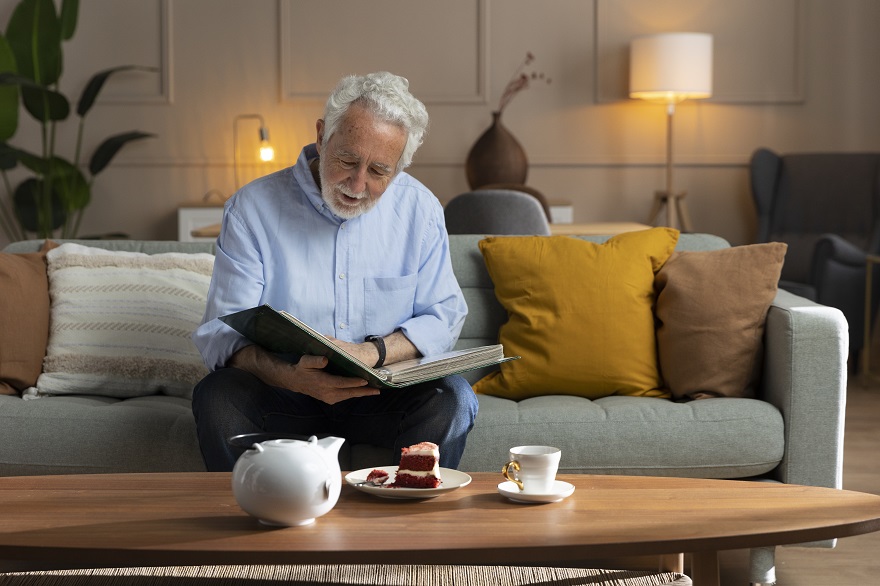
Incorporating an understanding of color psychology into the design of elderly care spaces can significantly impact the well-being and quality of life of residents. By carefully selecting and integrating colors that evoke positive emotions, promote relaxation, and enhance visual stimulation, designers can create supportive and empowering environments that cater to the diverse needs and preferences of elderly individuals.
1. Warm Colors vs. Cool Colors:
– Warm colors, such as shades of red, orange, and yellow, are often associated with feelings of warmth, comfort, and stimulation. They can create a welcoming and inviting atmosphere, encouraging social interaction and engagement among residents.
– In contrast, cool colors, including blues, greens, and purples, evoke a sense of calmness, tranquility, and relaxation. They are conducive to creating serene environments that promote rest and peacefulness, which can be beneficial for seniors seeking moments of solitude or relaxation.
2. Color Psychology and Mood Enhancement:
– Different colors have been linked to specific emotional responses and mood enhancement. For example, bright and vibrant hues can uplift mood and instill a sense of optimism and vitality, whereas softer pastel tones can evoke feelings of serenity and contentment.
– By strategically incorporating colors that evoke positive emotions, designers can create uplifting and emotionally supportive environments that contribute to the overall well-being of elderly residents.
3. Contrast and Visual Stimulation:
– Contrast between colors can enhance visual stimulation and aid in wayfinding for seniors with impaired vision or cognitive decline. Bold color contrasts can help delineate different areas within a space, making it easier for residents to navigate and orient themselves.
– However, excessive contrast or overly vibrant color schemes should be avoided as they may cause sensory overload and discomfort, particularly for individuals with sensory sensitivities or cognitive impairments.
4. Cultural and Personal Preferences:
– Cultural background and personal preferences play a significant role in how individuals perceive and respond to colors. Designers should consider cultural norms and individual preferences when selecting color palettes for elderly care spaces to ensure inclusivity and respect for diversity.
– Flexibility in design choices, such as providing options for customization or personalization, allows residents to exert a sense of autonomy and control over their living environment, fostering a sense of belonging and satisfaction.

